Dear Barbara,
Munich is a city that I never really thought I’d visit. You know, Berliners always transmit a negative vibe about Munich: it is a clash of ethics, politics, and lifestyle. But a series of coincidences and the leftovers of a teenage passion brought me here.
I remember one night that you told me about Munich. You said that it’s a very interesting city, but also a costly one. Well, I just arrived in Munich, and it is indeed interesting -and expensive as well. I’m staying close to Central Station, the Hauptbahnhof, one of the few downtown areas that seem affordable. The areas around the train stations are usually dodgy; however, I can’t say that about Munich. The central station area appears to have some life at night: a mixture of allnighters and traffic that I failed to see elsewhere.
Last week I was in Armenia, and I could feel the vibes of Mount Ararat all over the place; in Munich, I can’t feel the Alps yet. But the stories are countless here, a mixture of past resistance and contemporary surrender.
The majestic Old Town of Munich
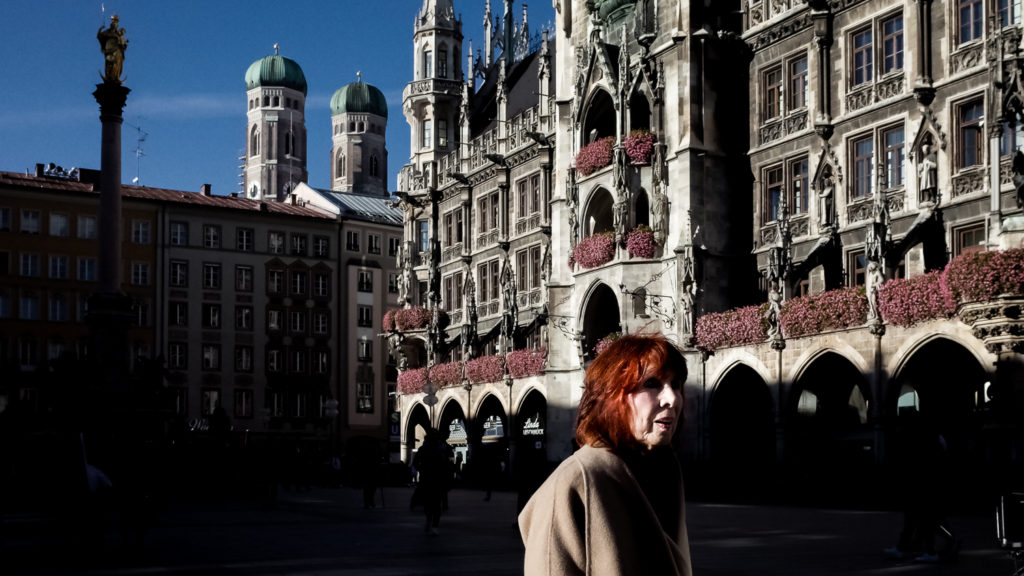
The Old Town of Munich makes you feel small. The architecture is elegant and flamboyant at the same time. I remain ecstatic in front of every building I cross, of every church I see. Even if it’s the most touristic spot in the city, the Marienplatz is an architectural pearl. The Mariensäule, which marks the end of the Swedish occupation, resembles a dancer. The square seems to dance all around that golden statuette. Some of the finest buildings I’ve ever seen are located in the Marienplatz, and both the New and the Old City Hall conclude a symphony of heroism and open space.
Some kiosks sell chestnuts all over the old city: from the amphitheatric Karlsplatz all the way to Odeon. This is a gentle job that survived over the years. Ten chestnuts cost five euros, and the truth is that not so many people queue in front of the red tents that sell them. The street vendors seem to be the only folksy element of the old town.
I know that pedestrian ways are always a synonym with shopping districts. But in Munich, I believe there is an excess of department stores. I walk during the day among thousands of people, but the same place at night seems deserted. It’s common, though: the same happens in Athens, the same happens in Berlin. Those streets seem to exist only during the opening times of the city. Therefore, I’d say that one can only enjoy them at night when the shops are closed. But what’s left?
The night walks present another aspect of the cities: they betray their past as well as their contemporary character. The Marienplatz is illuminated at night, and so is the Karlsplatz and the Frauenkirche with its two domes. There is a century-long history here: the incredible landmarks narrate stories about war and peace, about acceptance and denial. I find myself walking a lot during the night, among a few street musicians and homeless people, an ecosystem that doesn’t seem to fit in Munich’s agenda. However, it’s an ecosystem like this one that makes cities worth-visiting.
Green parks, colorful people
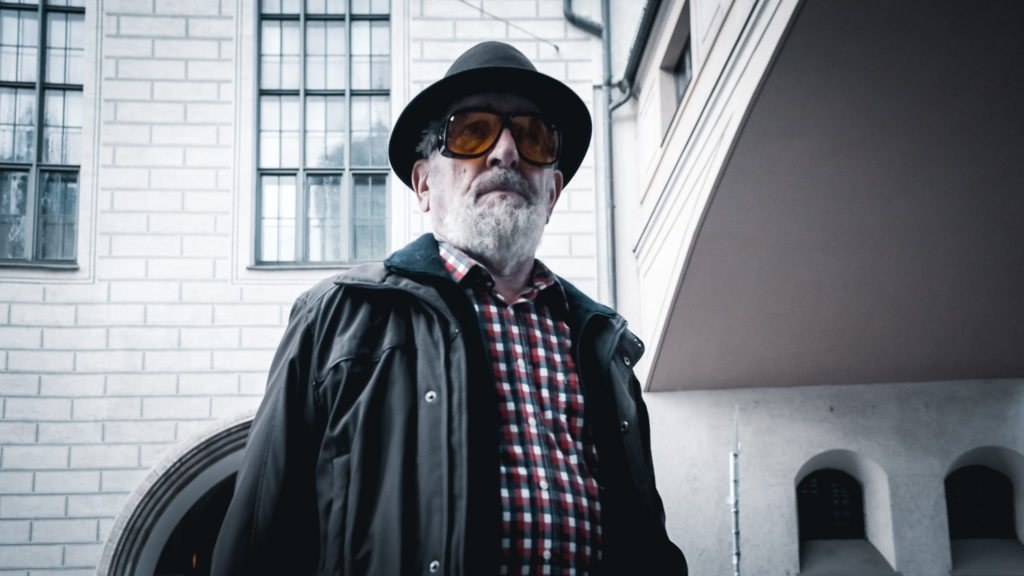
It’s late autumn in Munich, and the sun is still warm. Most parks are still gree,w and then I see yellow or dark red leaves. After living for almost a decade in Berlin, I know that the autumn in Germany is legendary. No matter how much I travel, I’ve never seen anything like the yellow leaves of German trees. You know well, Barbara, that I’m not somebody who enjoys nature that much. But whenever I spend the autumn in Germany, I always have a thing for the yellow leaves. I keep taking photos or studying them.
I have no idea if the Alps affect the quality of light in Munich. But the truth is that Munich has the best light in Germany: the colors are nicely saturated, the contrasts seem ideal, and the people walking down the streets enjoy some warm light straight on their skin. Munich seems to be a painter’s dream.
The people here dress elegantly. You can read the prosperity in most faces. The clothes are beautiful, and the faces seem to be living a good life. In Munich, people take care of themselves. This is not a laid-back city, and it is indeed one that thinks appearance is a priority.
Urban surfers and white roses in Munich
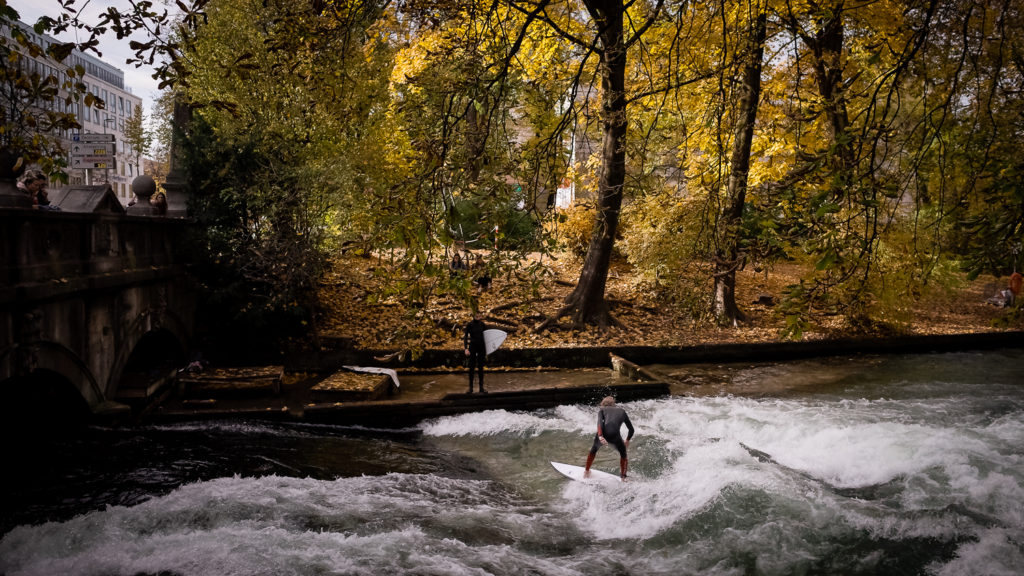
The river Isar flows through Munich, but it’s a sidearm of it, the Eisbach, that steals the show. This is a humanmade river, and in the warm summer days, people go swimming. But the most impressive thing is the surfers. Yes, that’s right, people are surfing on the river, in the Eisbachwelle.
The story goes back to the ’70s, and today there are loads of people surfing. I spend a lot of time at the Eisbachwelle, mesmerized by the efforts of the surfers. There are two women and a few men surfing in front of me -and a bunch of people ashore, trying to analyze their technique. I wonder how this planet would be without creativity, and I’m happy that I fail to imagine it. Conquering the urban space is typical in Germany and something that I learned to appreciate a lot. There are free things in our cities that deserve to be enjoyed.
After half an hour, I leave behind the Eisbachwelle and wander around the English Garden. It’s late autumn and relatively late in the afternoon; the light is almost dramatic. The incredible light highlights the yellow leaves. I carry on walking in the park until I end up at Geschwister-Scholl Platz. This is a beautiful square with two big fountains dedicated to two siblings, Sophie and Hans Scholl. They were two students, regarded as the White Rose’s founders, a resistance movement during World War II.
I see students walking up and down the street, and I realize that if we didn’t have the Scholl siblings, we wouldn’t have students right now at all.
I’m here for football, Barbara
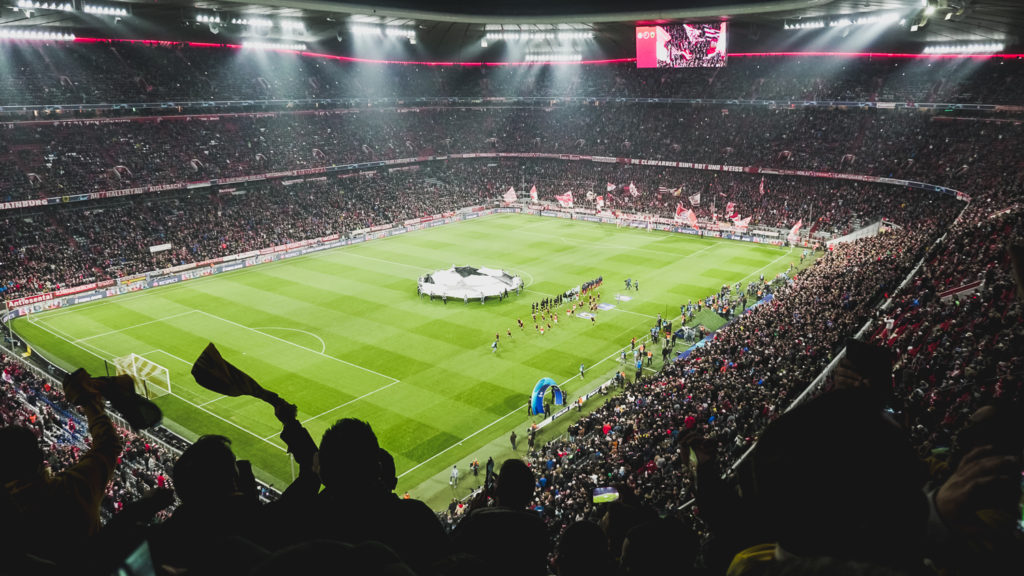
Once again, I find myself traveling for football. This is a side of myself that I can’t change (not that I want to). I’ve been following AEK Athens since I was a kid, and this time, on the occasion of the Champions League match against Bayern, it seemed to be a good idea to visit Munich and watch a game live.
I see the Marienplatz under a different spectrum; today, there are not only tourists but also AEK fans. Even the locals seem to enjoy this noisy switch of the square, and the fans are chanting nonstop.
Later, we all take the train, and we travel towards the stadium. This is one of the most impressive stadiums I’ve ever seen, and I’m looking forward to the match. You know, Barbara, these are the leftovers of a teenage passion and one of the few things that connect me to the past.
I hear Kostas talking, I hear Nikos talking, but I don’t listen to myself talking. I am enjoying the moment; friends always justify our decision to fight for a brighter future, and as we walk towards the stadium, I only have positive thoughts about the things to come. The stadium itself, the impressive Allianz Arena, appears in the distance like a red spaceship. We enter the stadium, and we take the stairs.
And then the match starts. Twenty-two players are dancing on the pitch in a choreography that never follows a plan. I always remember Camus and his passion for football, claiming that “All that I know most surely about morality and obligations, I owe it to football.” But football is a show in Germany, and I feel nostalgic for the simplicity of the ’90s stadiums.
Bayern Munich is a strong team. They easily win the game with 2:0. On the way back, the AEK fans are chanting on the train. Keeping the spirit high is definitely some sort of a victory after a lost match.
From Munich towards a city that I always wanted to visit
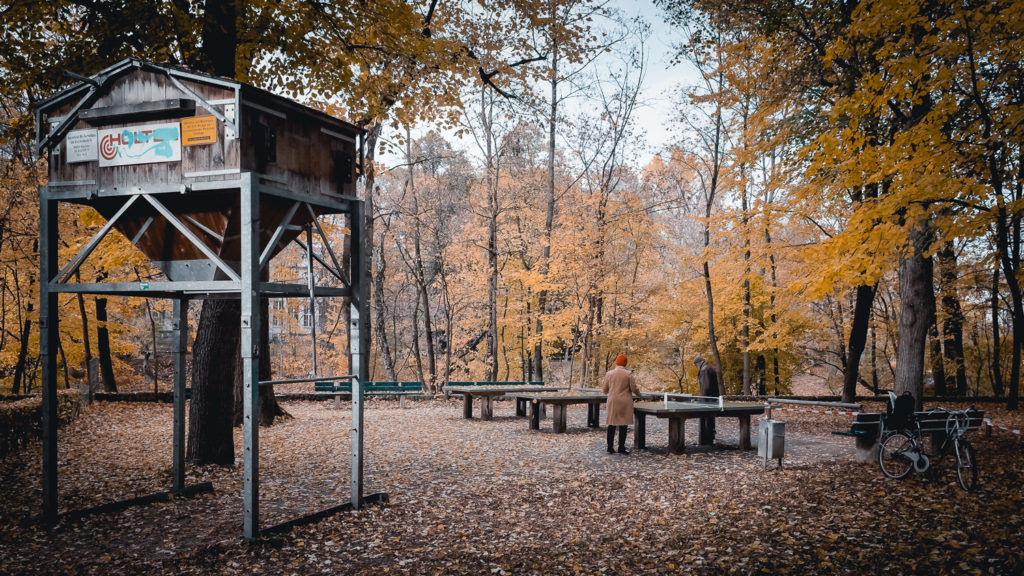
As I mentioned in the beginning, Munich was never really on my list, but I’m happy I visited it. You don’t get to see every day a city that you can’t afford, let alone that Munich is the most prosperous place in Germany.
On the other hand, I often thought of going to Salzburg, but I never made it. But tomorrow I’ll take the train and I’m going to spend the day there.
I can’t wait to see the Alps.
Love,
George
More about Munich: Things to do in Munich
Buy the camera I use | Book your hotel
Pin it for later
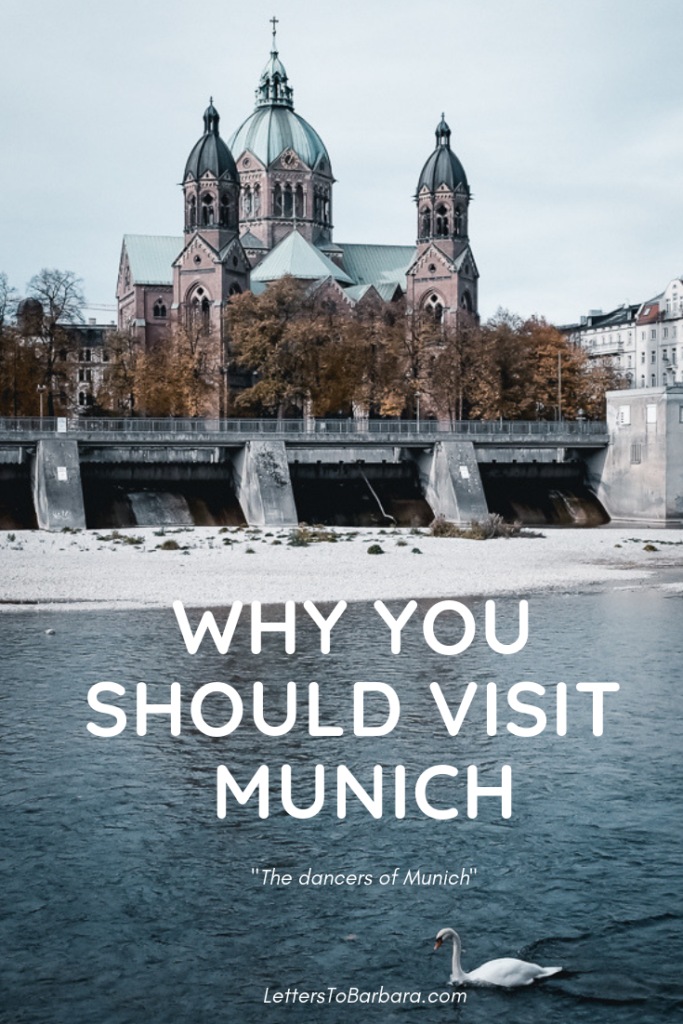
Please share, tweet and pin if you enjoyed reading The dancers of Munich. Your support keeps this website running and all the info up-to-date. 🙂
Last Updated on November 11, 2020 by George Pavlopoulos
